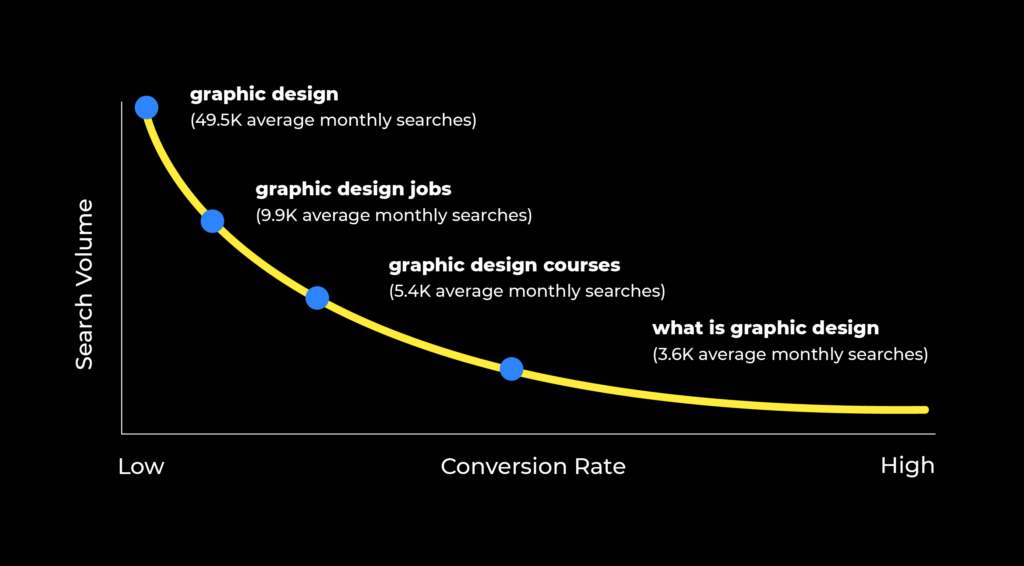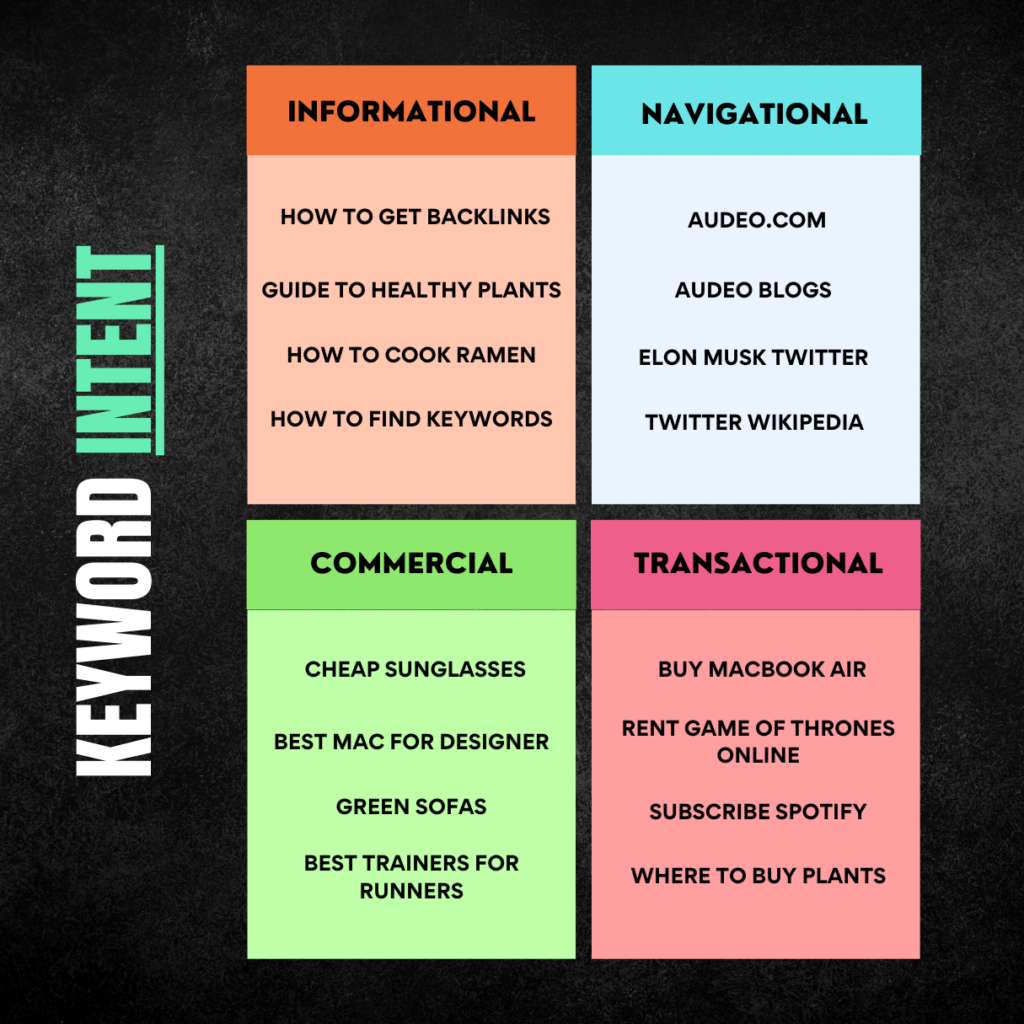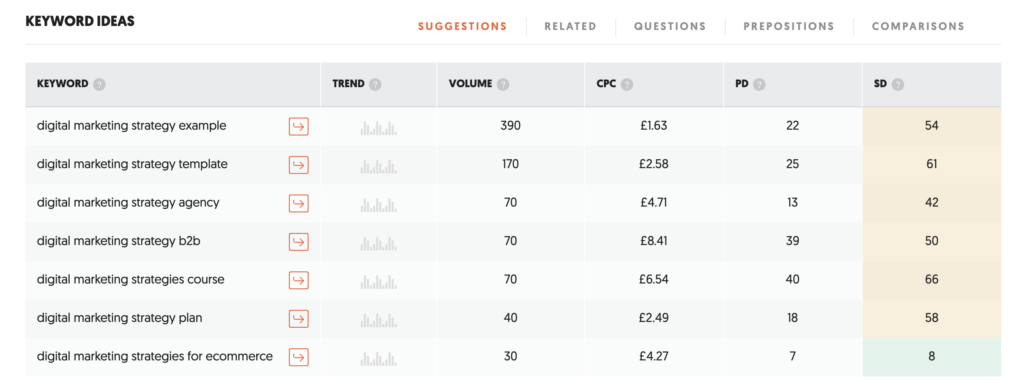5 Mistakes to Avoid When Doing Keyword Research for Your Blog
Creating a successful blog post requires more than just compelling content. One of the most critical factors for driving search traffic to your blog is search engine optimisation (SEO). The foundation of a solid SEO strategy is effective keyword research, which helps you rank higher in Google search results and reach your target audience.
However, the keyword research process can be challenging, especially for those who are new to SEO. It involves identifying the right search terms, understanding search intent, and leveraging long tail keywords, among other things. With so many aspects to consider, it’s easy to make mistakes that could negatively impact your blog’s performance. This is why we’ve put together this comprehensive guide on the ten common mistakes to avoid when doing keyword research for your blog.
Book your FREE website MOT today
Mistake #1: Ignoring Long-Tail Keywords
Long-tail keywords are one of the most underestimated elements in the keyword research process. These are typically phrases of three or more words that are highly specific to the content you’re creating. Despite their lower individual search volume compared to more generic keywords, long-tail keywords are instrumental in driving quality traffic to your blog.
One of the main reasons why some bloggers ignore long-tail keywords is the misconception that they are less effective due to their lower search volume. However, this view overlooks a crucial aspect of long-tail keywords: their specificity. These keywords are often used by users who are further along in the buying process, meaning they’re more likely to convert.
For example, a person searching for “best waterproof hiking boots for women” is likely closer to making a purchase than someone simply searching for “boots”. Ignoring long-tail keywords in your keyword research for SEO can lead to missed opportunities. This is because long-tail keywords typically have less competition and a higher conversion rate compared to short, generic keywords. They allow you to target a specific audience and meet their unique needs with your content.
To find long-tail keywords, consider the specific topics that your blog post covers and brainstorm phrases that someone might use to search for that content. Free keyword research tools can help identify long-tail keywords related to your main topic. Another effective method is to review the “searches related to” section at the bottom of the Google search results page for your main keyword. This can provide you with a list of long-tail keyword ideas that are directly related to your topic and that real users are searching for.

Ignoring long-tail keywords is a common mistake that can hinder the success of your blog. By incorporating these targeted keywords into your SEO strategy, you can enhance your blog’s visibility, attract a more engaged audience, and ultimately, increase conversions.
Mistake #2: Neglecting Search Intent
Understanding search intent is a crucial aspect of keyword research for SEO, yet it’s often neglected in the process. Search intent, also known as user intent, refers to the reason behind a user’s search query. Essentially, it’s about understanding what the user is hoping to find when they type a particular phrase into a search engine.
There are four main types of search intent: informational (seeking knowledge), navigational (looking for a specific site), transactional (ready to purchase), and commercial investigation (comparing products with an intention to purchase soon). By understanding the intent behind the search, you can create content that meets the user’s needs and thus increase your chances of ranking higher in search results.
Neglecting search intent is a common mistake that can lead to ineffective keyword strategy. For instance, if your chosen keyword is transactional but your content is informational, it’s unlikely that your blog post will satisfy the user’s search intent. As a result, despite having a high search volume keyword, you might find your content underperforming in terms of both ranking and user engagement.
To avoid this, when selecting your keywords, consider the intent behind them. Ask yourself, “What is a user likely looking for when they type this keyword?” Then ensure your content aligns with this intent. For example, if you’re targeting the keyword “best DSLR cameras”, your content should provide a comparison or list of the best DSLR cameras, catering to a commercial investigation intent.
Google’s own search results can give you valuable insights into search intent. Search your target keyword and analyse the type of content that appears on the first page. This can help you understand what Google believes to be relevant for that keyword and guide you in creating content that aligns with the search intent.
Ignoring search intent can result in your content failing to meet the needs of your audience, reducing its effectiveness and potential for high rankings. By aligning your content with user search intent, you can increase your chances of SEO success.

Mistake #3: Overlooking Keyword Relevance
While it may seem obvious, the relevance of a keyword to your content and audience is often overlooked during the keyword research process. Keyword relevance is crucial as it ensures that your content aligns with what your target audience is searching for.
Many bloggers make the mistake of targeting high search volume keywords without considering whether these keywords are relevant to their content. However, attracting a large number of visitors to your blog won’t lead to conversions or engagement if the content doesn’t meet their needs. Furthermore, search engines prioritise relevance when ranking search results. If users frequently leave your site because the content doesn’t match their search, search engines may lower your site’s ranking.
Selecting relevant keywords starts with understanding your audience. Ask yourself, what are they interested in? What type of content are they looking for? What problems are they trying to solve? Use the answers to these questions to guide your keyword selection.
Let’s say you run a blog about healthy cooking. A keyword like “quick dinner recipes” might have a high search volume, but if these recipes aren’t focused on healthy ingredients, the keyword isn’t relevant to your blog. A more relevant keyword might be “quick and healthy dinner recipes“, even if it has a lower search volume.
Free keyword research tools can help you find relevant keyword ideas by suggesting keywords related to your main topic. Additionally, analysing your Google Search Console data can provide insights into the search terms people are using to find your site.
Overlooking keyword relevance can lead to lower engagement and rankings. By selecting keywords that are relevant to your content and audience, you can improve your blog’s SEO performance and provide more value to your readers.
Mistake #4: Keyword Stuffing
Keyword stuffing is an outdated and frowned-upon SEO practice that involves overloading a webpage with specific keywords. This may be in an attempt to manipulate a site’s ranking in Google search results. While it was once a common tactic, today it’s a mistake that can lead to your blog being penalised by search engines.
Search engines like Google have sophisticated algorithms designed to provide the best possible results for users. These algorithms can detect unnatural and forced usage of keywords, which is often the result of keyword stuffing. When search engines detect keyword stuffing, they may downgrade the ranking of the content or even remove it from the search results altogether.
In addition, keyword stuffing can lead to a poor user experience. Content that’s filled with forced and repetitive keywords can be difficult to read and may not provide value to the reader. This can lead to high bounce rates and low engagement, which can also negatively impact your SEO.
Instead of stuffing your content with keywords, aim for natural integration of your targeted keywords. Your primary focus should be on creating high-quality, valuable content for your readers. Your keywords should fit seamlessly into this content, providing context and clarity rather than confusion.
For example, if your keyword is “best digital marketing strategies“, rather than repeating this exact phrase excessively throughout your blog post, you can use variations like “top strategies for digital marketing” or “effective digital marketing tactics“. This keeps the content engaging and relevant without sounding forced or repetitive.
Keyword stuffing is a mistake that can harm your blog’s SEO and user experience. By focusing on providing value and naturally integrating keywords into your content, you can improve your blog’s ranking and engagement.
Mistake #5: Failing to Use Keyword Research Tools
Keyword research tools are an essential asset for any blogger aiming to boost their SEO strategy. These tools can provide valuable insights into search trends, keyword difficulty, monthly search volume, and more. Despite their importance, some bloggers neglect to use these tools, resulting in a significant missed opportunity.
By not utilising keyword research tools, you risk basing your SEO strategy on assumptions rather than data. These tools can provide a wealth of information that can help you choose the most effective keywords for your content. They can provide ideas for new keywords, data on how competitive those keywords are, and even predict how these keywords might perform.
Free keyword research tools, such as Google Keyword Planner or Ubersuggest, can provide a great starting point for your keyword research. These tools can show you how often a specific keyword is searched, how that search volume changes over time, and how competitive the keyword is.


For instance, you might find a keyword that you think is perfect for your blog post, but after using a keyword research tool, you discover that the keyword has a very high difficulty score and low search volume. This insight can save you from targeting a keyword that may not yield the results you’re hoping for.
Moreover, keyword research tools often provide related keyword ideas that you might not have thought of. These can help you expand your list of targeted keywords and discover new topics that your audience is interested in.
Failing to use keyword research tools is a common mistake that can prevent you from fully optimising your blog posts for search engines. By leveraging these tools, you can make data-driven decisions and develop a more effective SEO strategy.
Successful Keyword Research For Blogs
Navigating the intricate landscape of keyword research for SEO can be complex, but avoiding these common mistakes can significantly enhance your blog’s performance. By understanding and applying the principles discussed, you’ll be better positioned to create content that resonates with your audience and ranks well in search engine results.
It’s crucial to remember that keyword research is not just about high search volumes or choosing the most popular keywords. It’s about understanding your audience, their needs, and how they search for information online. Integrating this understanding into your SEO strategy can significantly boost your blog’s visibility and success.
The journey to mastering keyword research may seem daunting, but by avoiding these common mistakes, you can improve your blog’s SEO performance. And remember, SEO is an ongoing process that requires constant learning and adaptation. Keep exploring, keep learning, and continue to refine your strategy to achieve SEO success.



